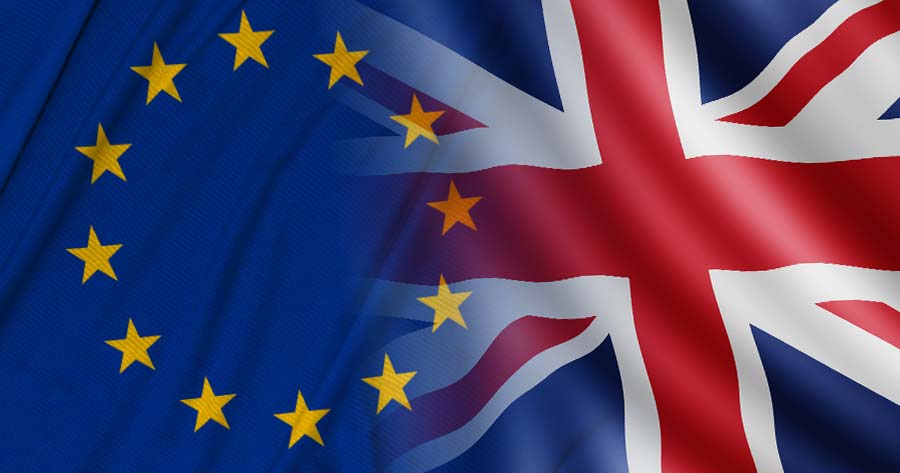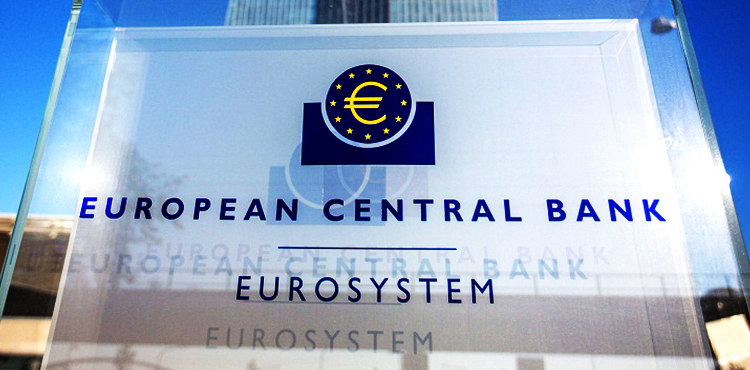The European Central Bank and the Bank of England are both likely to raise their rates by as much as half a percentage point at their meetings later on Thursday, more than the Federal Reserve’s decision on Wednesday, as they moved more slowly last year, when the US central bank began the most aggressive cycle of tightening in a generation.
The move would boost the key rate in the United Kingdom to 4%. The Bank of England has approved 10 consecutive rate increases since the post-pandemic global economic upswing and Russia’s war in Ukraine drove inflation to 40-year highs, and some economists believe this may be the last big hike.
Meanwhile, the ECB key rate on the deposit facility is currently 2% and is projected to increase to 2.5% at Thursday’s policy meeting.
On Wednesday, the US Federal Reserve raised its interest rates by 25 basis points, bringing the benchmark rate to a range of 4.5% to 4.75% from 4.25% to 4.5% previously while signaling to go further in order to bring inflation down to its target.
However, the Fed maintained language in its statement stating that the FOMC still sees the need for “ongoing increases in the target range.” The statement was accepted unanimously and did not include any changes to the language that market participants had hoped for.
The economic outlook in this region remains bleak. The International Monetary Fund predicts growth of 0.7% for the Eurozone of 20 countries this year, decreasing from 3.5% in 2022. This year, the UK economy will shrink by 0.6%. That’s in contrast to the 1.4% growth rate forecast for the US economy this year.
Similar to the United States, Europe is seeing slowing inflation as the effects of earlier interest rate hikes and falling oil prices take effect. European central banks are picking up the pace recently, but they still aren’t projected to raise rates as much as the Federal Reserve has in the past year.





